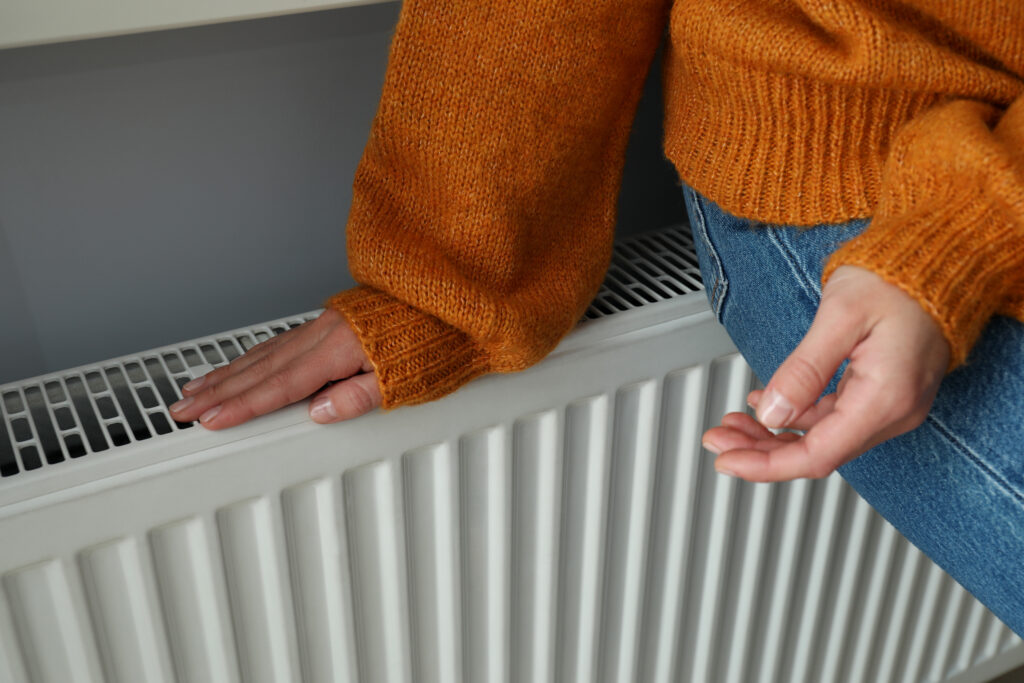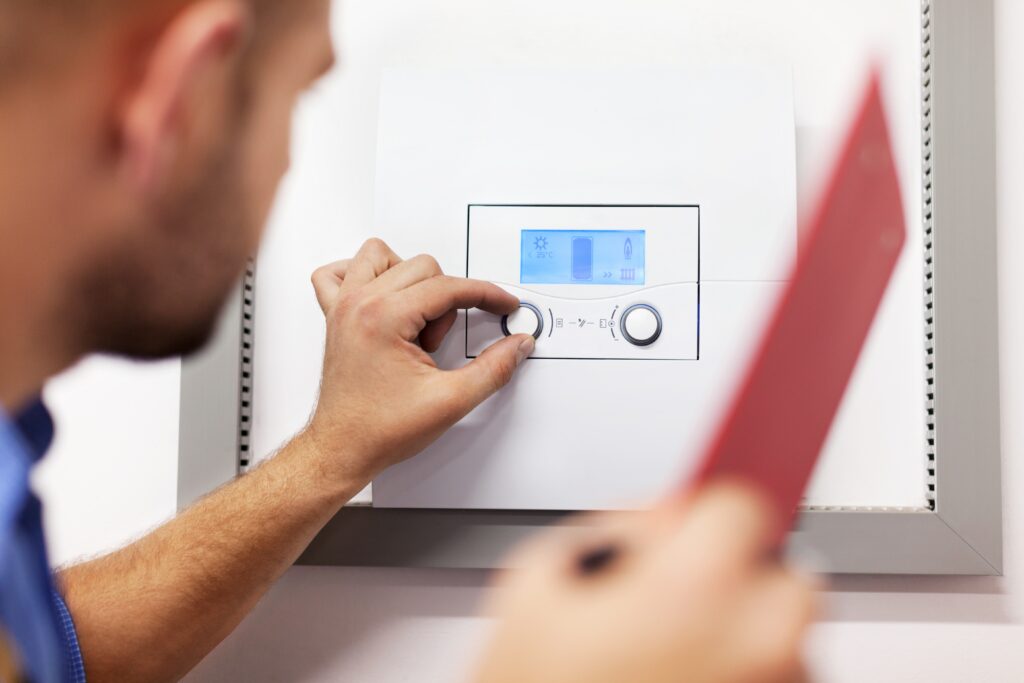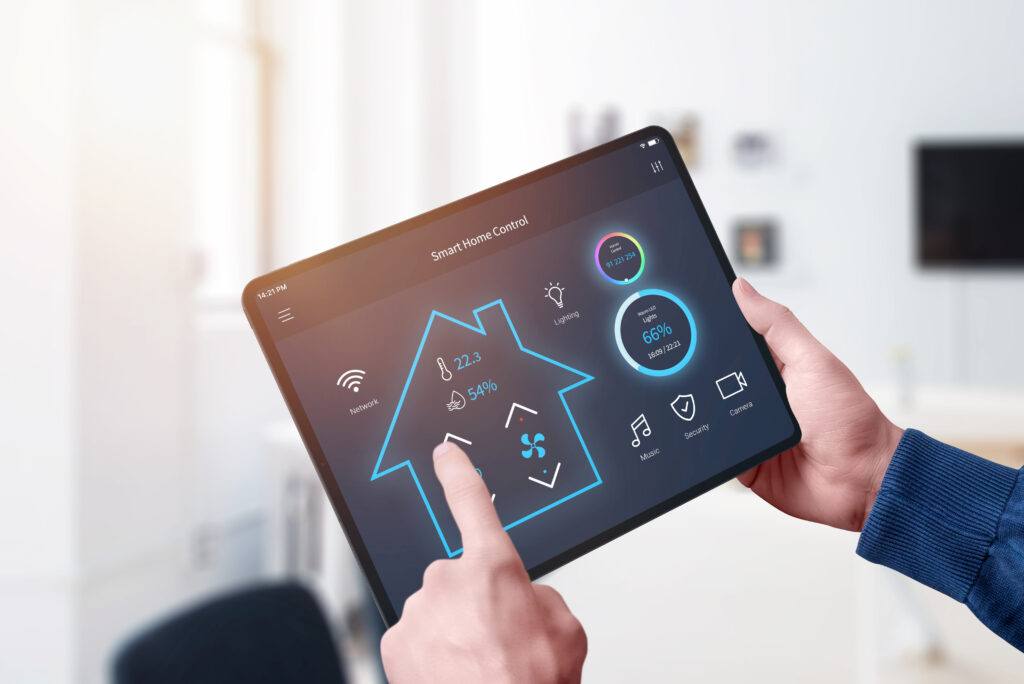Most Efficient Way To Use Underfloor Heating
Underfloor heating is a popular and efficient way to warm homes across the UK, providing consistent heat and freeing up space that might otherwise be taken up by radiators. However, like any heating system, there are certain best practices to ensure it runs as efficiently as possible. In this article, we’ll explore how to maximise the efficiency of your underfloor heating system, saving energy and reducing costs.
Understanding Underfloor Heating Basics
Before delving into efficiency tips, it’s important to understand how underfloor heating works. Essentially, it uses either electric coils or water pipes to generate heat under the floor, which then rises evenly throughout the room. This type of heating is often more efficient than traditional radiators, as it warms a larger area more uniformly and at a lower temperature.
There are two main types of underfloor heating:
- Electric Underfloor Heating (Dry Systems): These use electric cables or heating mats.
- Water Underfloor Heating (Wet Systems): These systems pump warm water through pipes.
The type of system you have can influence how you maintain and operate it efficiently, but the following tips will apply to both types.
Ensure Proper Insulation
Insulation is one of the most critical factors in underfloor heating efficiency. If your home isn’t properly insulated, the heat generated will escape through walls, floors, and ceilings, making your heating system work harder to maintain warmth.
For underfloor heating, insulating the floor itself is especially important. Installing a thermal insulation layer beneath the heating pipes or cables helps to reflect the heat upwards into your home, rather than allowing it to be lost downwards into the subfloor.
Set the Right Temperature
While it might be tempting to crank up the thermostat, underfloor heating doesn’t need to be set to high temperatures to be effective. Unlike radiators, which need to be heated to around 70°C, underfloor heating works efficiently at much lower temperatures – typically between 25°C and 29°C for most floor types.
The key to efficiency is to maintain a consistent temperature rather than turning the system on and off frequently. Underfloor heating systems take longer to warm up, but they also retain heat well. Setting your system to run at a consistent, moderate temperature will keep your home comfortable while reducing energy use.
Use a Smart Thermostat
A smart thermostat can significantly enhance the efficiency of your underfloor heating. These thermostats allow you to set specific times for the heating to turn on and off, and some even learn your habits to optimise energy usage.
Using a programmable thermostat, you can schedule the heating to come on just before you wake up or return home, ensuring the house is warm when you need it, without wasting energy when you don’t. Some smart thermostats can also be controlled remotely via your smartphone, giving you even more control over your heating.
Zoning: Heat Only Where You Need It
If your underfloor heating system supports zoning, you can heat only the rooms you are using, rather than the entire house. Zoning allows you to divide your home into different sections, with each zone being controlled separately.
For example, you can keep the heating on in living areas during the day while turning it off in bedrooms, and reverse this setup in the evening. This tailored heating approach reduces wasted energy and helps lower your heating bills.
Regular Maintenance
Like any heating system, underfloor heating requires regular maintenance to ensure it runs efficiently. Here are a few maintenance tips to keep in mind:
- Bleed the system regularly: If you have a wet system, air can become trapped in the pipes, reducing efficiency. Regularly bleeding the system ensures water flows properly through the pipes.
- Check the thermostat: Make sure your thermostat is functioning correctly and maintaining the set temperature.
- Look out for system malfunctions: If you notice cold spots in your flooring or uneven heating, it could indicate a problem with the system that needs addressing.
Scheduling an annual check-up with a professional, such as the experts at Heat-Tec, ensures your underfloor heating is working at peak efficiency.
Choose the Right Flooring
The type of flooring you install over your underfloor heating system can significantly impact its efficiency. Some materials conduct heat better than others. For instance:
- Tile and stone are excellent conductors of heat, making them ideal for use with underfloor heating.
- Wood and laminate can be used, but you’ll need to ensure the material is suitable for underfloor heating to avoid warping or damage.
- Carpet can be used, but opt for a low-tog carpet and underlay to allow the heat to pass through more effectively.
Choosing the right flooring ensures your underfloor heating system doesn’t have to work harder than necessary to heat your home.
Don’t Block the Heat
One of the advantages of underfloor heating is that it allows you to furnish your home without worrying about bulky radiators. However, placing heavy rugs, large furniture, or low sofas directly over the heating system can block the heat, preventing it from circulating freely throughout the room.
If you’re using rugs, opt for lightweight ones and avoid covering too much of the floor area. Similarly, consider the placement of furniture to ensure the heat can rise evenly.
Off-Peak Energy Use
If you have an electric underfloor heating system, using it during off-peak hours can save money. Many UK energy suppliers offer cheaper rates during certain times of the day, often overnight. By setting your system to heat your home during these off-peak periods, you can enjoy a warm home without the higher energy costs.
Smart thermostats and timers are especially useful for this strategy, as they allow you to take advantage of cheaper energy rates without manual intervention.
Consider Renewable Energy Sources
For homeowners looking to reduce their carbon footprint and increase energy efficiency, combining underfloor heating with renewable energy sources such as solar panels or a ground-source heat pump can be a great option.
These systems use natural energy to heat your home, reducing your reliance on grid electricity and further lowering your energy bills. Ground-source heat pumps, in particular, work well with underfloor heating because they also operate at lower temperatures, making them a perfect pairing.
Monitor Your Energy Usage
Tracking your energy usage can help you identify areas where you might be wasting energy and make adjustments to improve efficiency. Many energy suppliers offer online tools that allow you to monitor your usage, or you can use an energy monitoring device in your home.
By keeping an eye on your energy consumption, you can see the direct impact of any changes you make to your underfloor heating habits and make further adjustments if necessary.
Enjoy Warmth and Savings with Efficient Underfloor Heating
Using underfloor heating efficiently requires a combination of proper installation, regular maintenance, and smart usage habits. By ensuring your home is well-insulated, setting the right temperature, and using a programmable thermostat, you can enjoy the comfort of underfloor heating without the high energy costs.
At Heat-Tec, we specialise in underfloor heating systems, offering installation, maintenance, and advice to help homeowners across the UK get the most out of their heating. Whether you’re considering installing a new system or want to improve the efficiency of your current one, our team is here to help.




